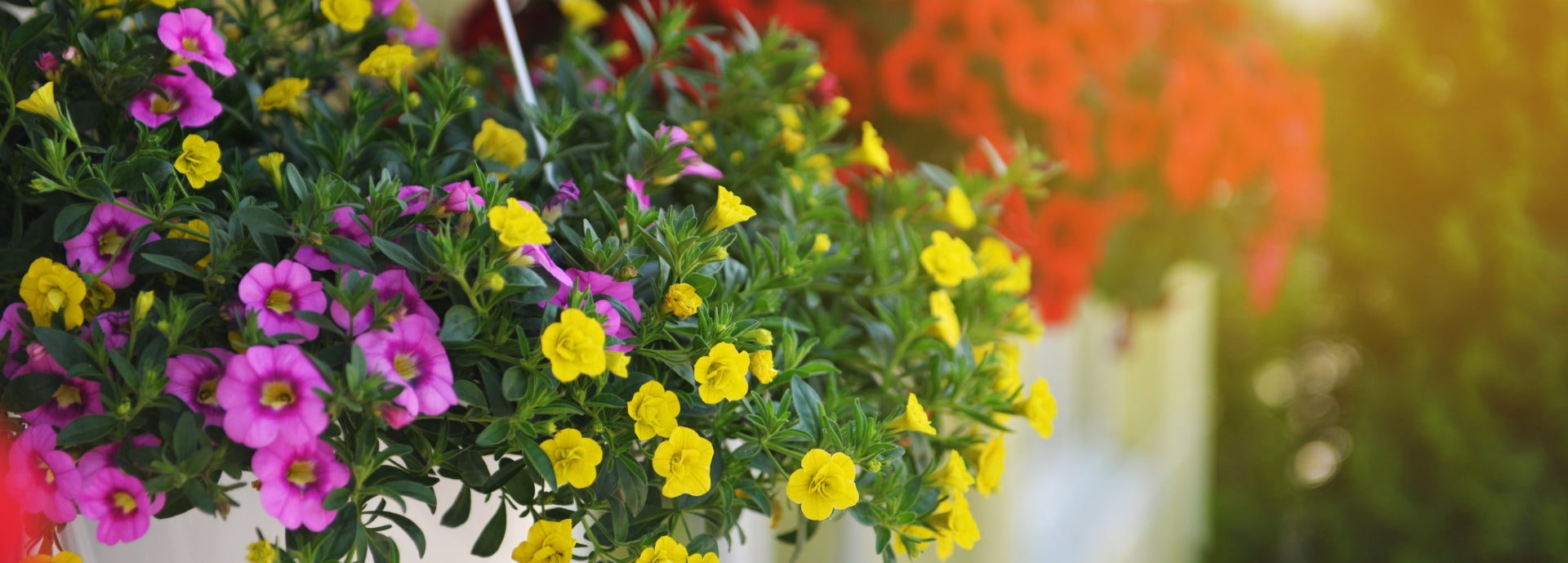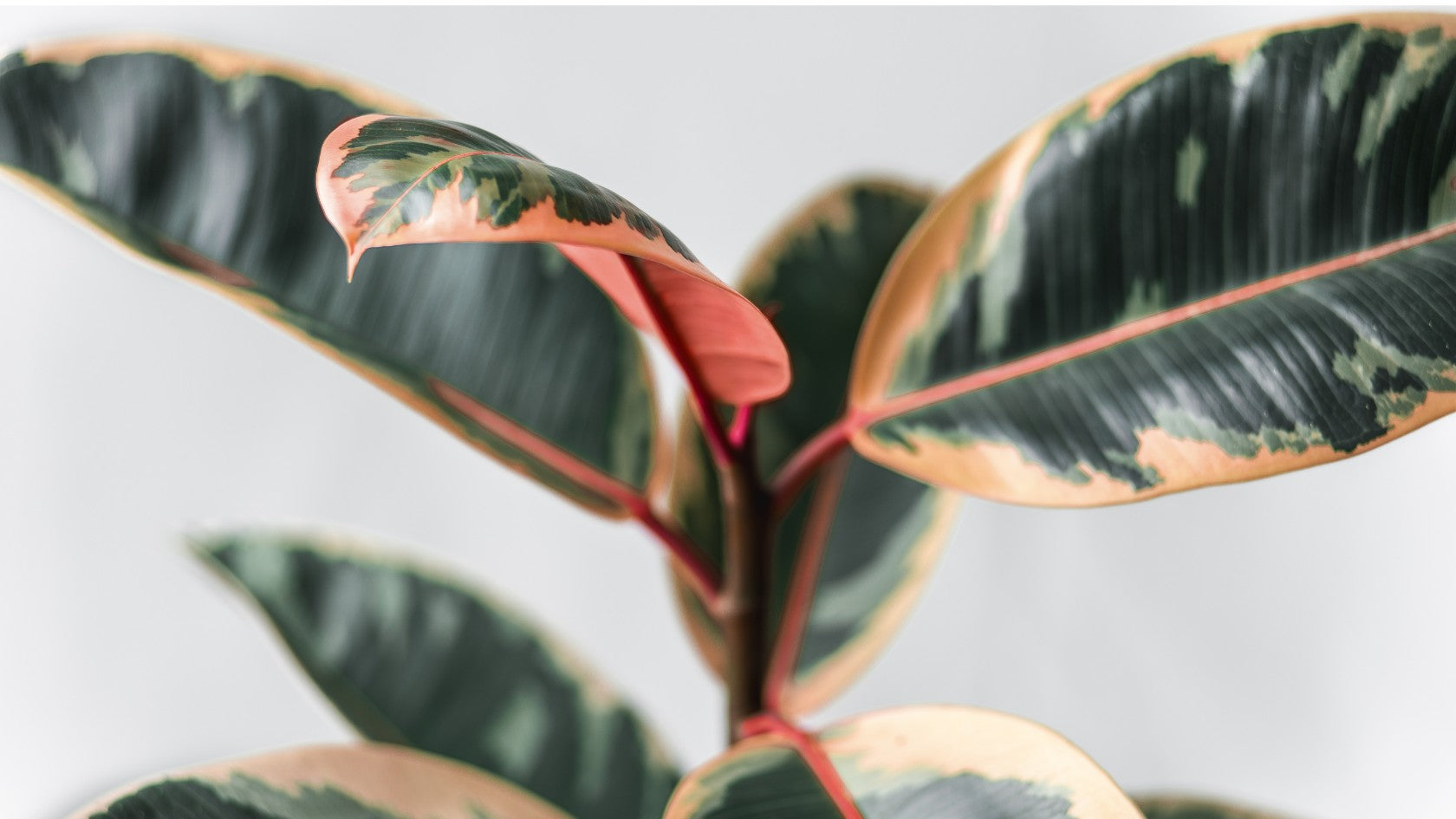Strawberries, with their vibrant red hue, succulent texture, and delightful sweetness, are a favorite among gardeners. Whether you're an experienced gardener or just starting out, cultivating your own juicy strawberries can be a rewarding and delicious endeavor. To help you on your way to a bountiful harvest, we will guide you through the essential care tips for growing strawberries. And don't miss the fascinating fact we have in store for you about these delightful berries!
- Choosing the Right Varieties: Selecting the right strawberry varieties is the first step towards a successful strawberry garden. There are three main types of strawberries: June-bearing, Everbearing, and Day-neutral. June-bearing varieties produce a single, abundant harvest in late spring or early summer. Everbearing varieties produce two to three harvests, one in spring and another in fall. Day-neutral varieties produce fruit throughout the growing season. Consider your climate, available space, and desired harvest time to choose the best strawberry variety for your garden.
- Optimal Soil Conditions: Strawberries thrive in well-drained, loamy soil with a slightly acidic pH between 5.5 and 6.5. Before planting, prepare the soil by removing any weeds, rocks, or debris. Incorporate organic matter such as compost or aged manure to improve soil fertility and moisture retention. Raised beds or containers can be excellent options for growing strawberries, especially if your soil is heavy or has poor drainage.
- Proper Planting Techniques: When planting strawberries, make sure to space them adequately to allow for proper air circulation and discourage disease. Dig holes that are wide and deep enough to accommodate the roots without bending or crowding. Place the crown just above the soil surface, ensuring the roots are well-covered. Water thoroughly after planting to settle the soil around the roots.
- Adequate Watering: Strawberries require consistent moisture, especially during fruit development. Water deeply and regularly, aiming to provide around 1-2 inches of water per week. It's important to avoid overwatering, as excessively wet conditions can lead to root rot. Consider using a drip irrigation system or a soaker hose to deliver water directly to the soil, minimizing leaf wetness and reducing the risk of fungal diseases.
- Mulching and Weed Control: Applying a layer of organic mulch around your strawberry plants offers numerous benefits. Mulch helps suppress weeds, regulate soil temperature, and retain moisture, thereby reducing the need for frequent watering. Straw, pine needles, or shredded leaves make excellent mulching materials. Avoid covering the crown with mulch to prevent rotting.
- Fertilization: Strawberries are heavy feeders and benefit from regular fertilization. Apply a balanced, slow-release fertilizer according to the package instructions in early spring before new growth appears. Alternatively, you can use compost or well-rotted manure to provide nutrients naturally. Avoid over-fertilizing, as it can result in excessive foliage growth at the expense of fruit production.
- Pest and Disease Management: Strawberries can fall prey to various pests and diseases, including slugs, snails, aphids, mites, and fungal infections like gray mold and powdery mildew. Regularly inspect your plants for signs of infestation or disease. Employ organic pest control methods such as handpicking, introducing beneficial insects, or using natural repellents. Proper plant spacing, good air circulation, and removing any infected or damaged plants promptly can help prevent the spread of diseases.
- Harvesting Strawberries: The ultimate reward for your care and effort is the joy of picking ripe, juicy strawberries from your own garden. Harvest strawberries when they are fully red, plump, and sweet-smelling. Gently grasp the stem just above the fruit and pull with a twisting motion. Avoid leaving overripe or damaged berries on the plant, as they can attract pests or diseases.
Interesting Fact: Did you know that strawberries are not actually berries? They are classified as "accessory fruits" because the seeds are on the outside, while true berries have the seeds on the inside. Each strawberry contains an average of 200 tiny seeds on its surface. So, the next time you enjoy a mouthful of strawberries, marvel at the unique botanical distinction they hold.
With the right care and attention, growing your own strawberries can provide you with a bounty of delicious, fresh fruit. By following these essential care tips, you'll create an environment where your strawberries can thrive and reward you with their sweet, juicy flavors. Remember to choose the right varieties, provide optimal soil conditions, water adequately, mulch, fertilize, and manage pests and diseases. Now you're ready to embark on your strawberry-growing journey and experience the joy of harvesting your own homegrown treats.








